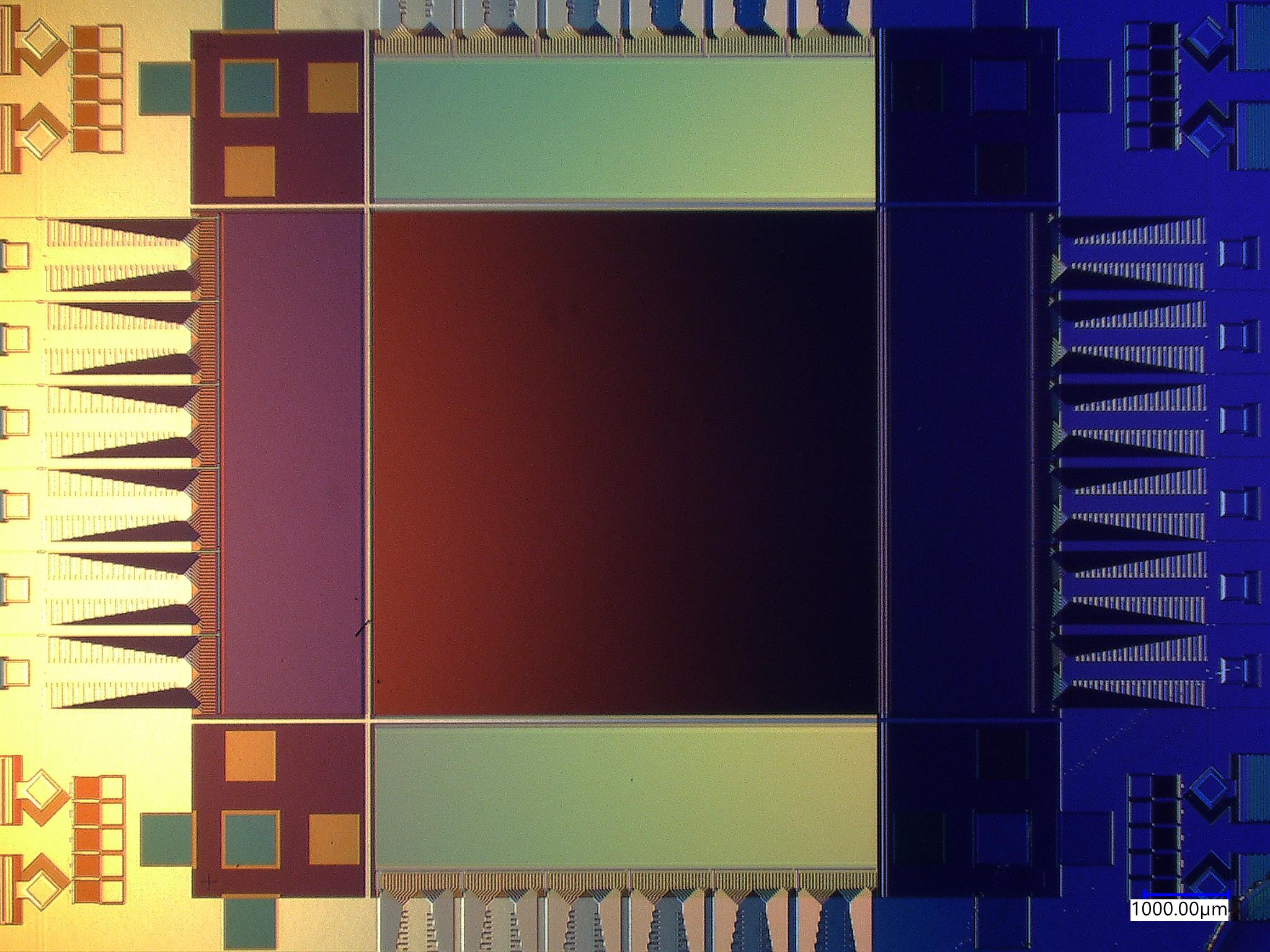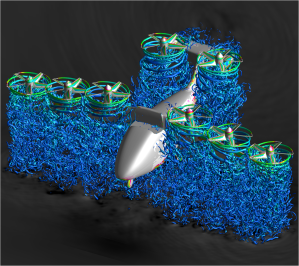2022 was an incredible year for NASA’s Armstrong Flight Research Center in Edwards, California, filled with innovation, growth, countless contributions to revolutionizing air transportation, and sharing our advancements with U.S. industry for the benefit of all.
While the just-released year-end highlights video covers many of those achievements, below are a few special moments in the center’s 2022 timeline.
In 2022, the agency’s quiet supersonic X-59 experimental aircraft returned from critical ground tests in Fort Worth, Texas, and work began on integrating key components. Armstrong led key milestones in some of the final developments in the X-59’s construction, including the system check of the ejection seat and final installation of the F414-GE-100 engine, and further prepared for flight operations with the installation of a new life support system in the F-15 and testing of the ground recording systems to be able to measure the X-59’s unique sonic thump.
Armstrong’s Fiber Optic Sensing System, or FOSS, technology made its first spaceflight, supporting NASA’s demonstration of an inflatable heat shield technology that can help land astronauts and heavy payloads on Mars. FOSS provided hundreds of temperature measurements across the heat shield. Originally developed to watch stress in test aircraft, FOSS helped create two private companies and is being used to monitor structural integrity in bridges, auto parts, and rockets.
NASA’s X-57 Maxwell all-electric aircraft reached another milestone toward first flight. Lithium-ion battery packs were successfully installed and powered the plane’s motors. Armstrong is advancing all-electric propulsion technology that will make aviation more efficient, quiet, and environmentally friendly.
NASA Armstrong’s Flight Loads Laboratory completed its most complex loads calibration tests on an F/A-18E Super Hornet from the Naval Air Systems Command (NAVAIR) in Patuxent River, Maryland.
After a successful eight years of science, NASA’s Stratospheric Observatory for Infrared Astronomy, or SOFIA, project ended Sept. 29, 2022. SOFIA was a mission of discovery, revealing water on the sunlit surface of the Moon and the first type of molecule ever to form in the universe. The aircraft will eventually be on display at the Pima Air & Space Museum.
NASA’s Advanced Air Mobility (AAM) mission formalized an international research agreement and added new partners to help achieve its vision of building a revolutionary new air transportation system alongside industry partners and the FAA. AAM projects explored how to integrate autonomous technology and tested vertiports needed for these new aircraft to take off and land, among many other important public good missions.
NASA’s Airborne Science program, operated out of Armstrong’s Palmdale location, conducted flights with the center’s DC-8, ER-2, C-20, and King Air B200. The aircraft supported missions that flew students and teachers and studied engine icing, conditions that influence convection, snowstorms, thunderstorms, light reflecting off the moon, landslides, the San Andreas fault, ocean whirlpools, eddies and currents, and climate change.
In 2022, NASA also celebrated 30 years of the MUREP (Minority University Research and Education Project) Institutional Research Opportunity, or MIRO. The program enriches STEM Research at Minority Serving Institutions (MSIs) in areas of strategic importance to NASA and to inspire the next generation of scientists and engineers.
This year also had its share of leadership changes, with the retirement of David McBride, NASA Armstrong’s center director, and deputy director Patrick Stoliker. In December, Bradley Flick, acting center director since McBride’s retirement, was selected to lead the center.
In support of the agency’s work in space exploration, Armstrong supported development and testing efforts for the Orion spacecraft and other key elements of NASA’s Artemis missions. Additionally, NASA Armstrong had some key contributions for the Low-Earth Orbit Flight Test of an Inflatable Decelerator, or LOFTID, mission.
And finally, NASA’s Flight Opportunities program supported many suborbital flight campaigns for a broad range of space-based capabilities, including 3D printing, medical care, biotechnology, food and farming, power systems, and propellant gauging. As part of NASA’s TechRise Student Challenge, 57 student teams in grades six to 12 and their teachers designed and built space technology payloads to test on future suborbital rocket or high-altitude balloon flights. Winners of NASA’s first TechLeap Prize launched their technologies this summer on high-altitude balloon flights, testing Earth observation technologies at stratospheric heights.
As NASA Armstrong takes a look back at 2022 with pride, we hope you’ll follow along in 2023 as many of these achievements reach new milestones, and new developments come forward.































